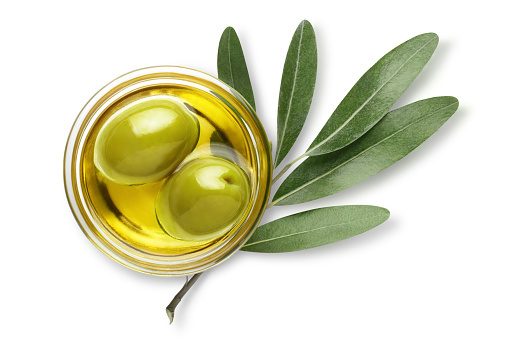Abstract
Argentina is the world’s tenth olive oil producer and exporter with an excellent understanding of production and processing. According to statistics from the Argentinian ministry of agroindustry, there is a growing expansion of crops in the country that follows the increasing world markets demand. Nowadays, many consumers are looking for high-quality products. In this sense, the country has different production regions that, due to the variety, the climatic conditions, the cultural practices, the ripeness of the olives at harvest and the extraction method, produce oils with different characteristics. This context leads us to study in this work the preliminary sensorial profile of different extra virgin olive oils from Argentina, characteristic of different regions, in order to elucidate if they could apply to obtain a designation of origin (OD) and thus grant them a marketing strategy for positioning.
Samples provided by representatives of the San Juan, Mendoza, Córdoba and Buenos Aires Argentine provinces who agreed to an organoleptic assessment of their regional olive oils, were evaluated by a trained panel at the National University of Lanus, following the standards established by the International Olive Council. First, it was verified that the samples graded as extra virgin olive oil since only olive oil of this type could be applied to use a designation of origin. Subsequently, a qualitative assessment of characteristic attributes of the extra virgin olive oil was obtained.
After the assessment, only the samples received as characteristics of San Juan, Mendoza and Córdoba provinces were verified as extra virgin oils classification from the organoleptic point of view by the tasters. Then, each sample of extra virgin oil verified was assessed and assigned with sensory attributes to obtain a sensory profile of them that could recognized them by OD authority. Samples from San Juan were described with a ripely fruity aroma, reminiscent of fresh apples, with a characteristic sweet, persistent flavour and low fluidity. Samples from Mendoza reminded of green fruit, but with a slightly sweet and pungent flavour, their persistence was low, and their fluidity was high. Finally, the samples from Córdoba denoted low fluidity, a greeny fruity aroma and a bitter, pungent and persistent flavour. The evaluated oils showed significant sensory differences. Therefore, they can apply for a recognition in the framework of OD. The role that the production of olive oil has in the economy of each province determines that a substantial profit can be obtained if they apply to this differentiation as a commercial positioning strategy.

